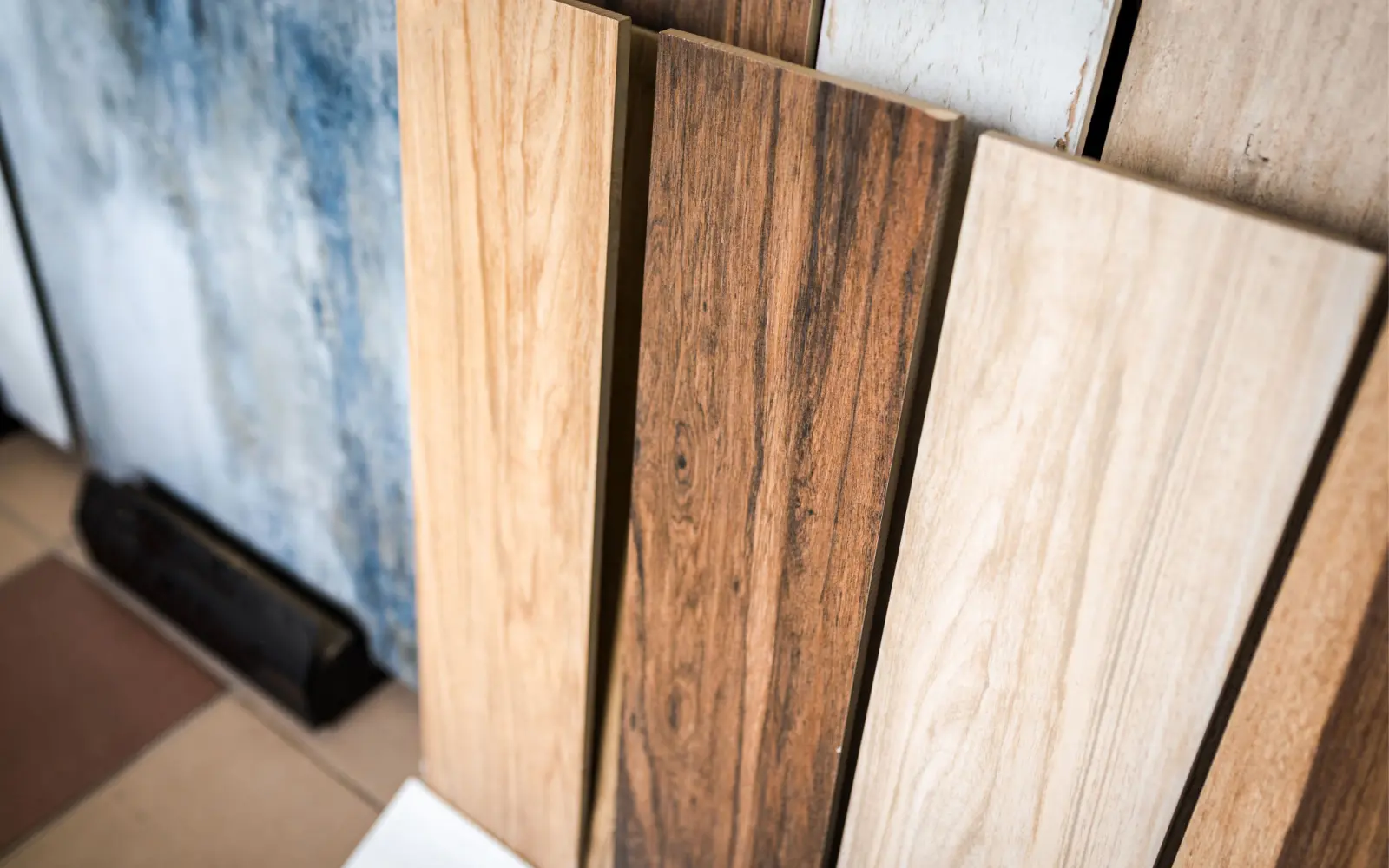Homeowners looking into a renovation must consider the main types of wood grain patterns before installing flooring in their houses.
What are Wood Grain Patterns?
Wood grain patterns are detailed sections of wood that can add style, luxuriousness, and modern flair to your home.
Instead of having plain wood flooring that may not add any value or aesthetic importance, wood grain patterns can increase the resale value of your property, boost the appearance of furniture, and enhance the appearance of your house’s floors.
Wood grain patterns are a smart choice for homeowners who want to increase the aesthetic value of their houses without spending a lot of extra money. Almost all types of wood grain patterns can help boost the style and interior décor of any home.
15 Types of Wood Grain Patterns
Homeowners can install numerous types of wood grain patterns in their houses to improve the value and aesthetic of their interiors.
Let’s check out the main types of wood grain patterns that you can choose to match your style, whether for your living room, dining room, bedroom, front hall, basement, or other room in the house.
1. Bamboo
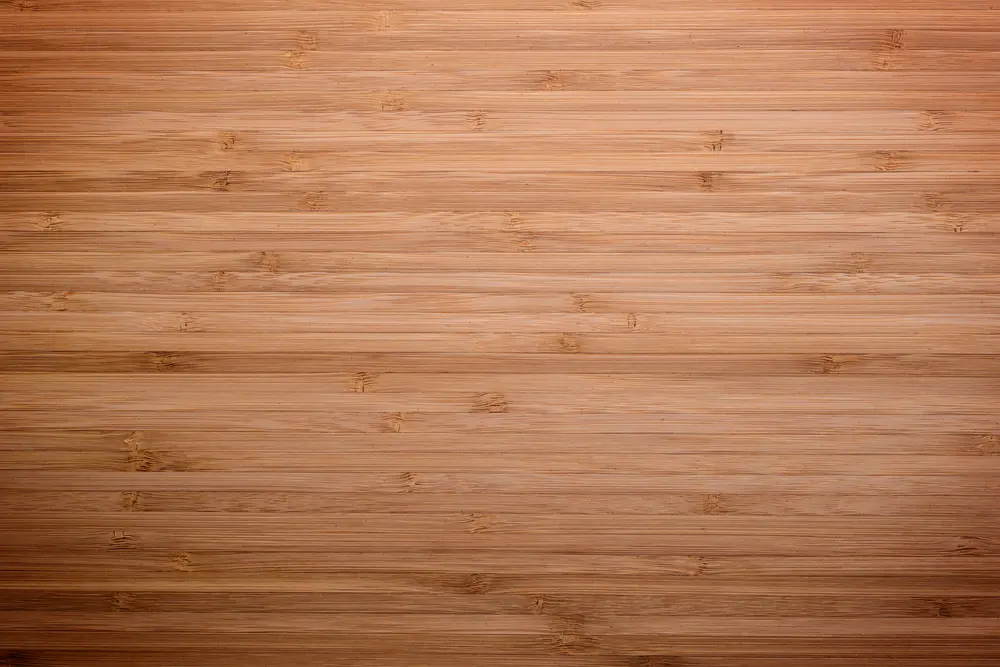
Miroslaw Gierczyk/Shutterstock
Bamboo comes in various colors that can match the interior of your home, such as white bamboo, cream bamboo, yellow bamboo, or brown bamboo.
The texture of wood grain bamboo is smooth, sleek, and unique when compared to other wood materials. One of the main perks of choosing bamboo vs. different types is that it is unique, one-of-a-kind, and natural.
However, some of the drawbacks of using bamboo are that the wood is prone to bug attacks, mold growth, mildew buildup, beetle infestations, and breaking easily.
Bamboo can be split easily or damaged during installation, so homeowners must take more care during installation, finishing, and staining.
2. Hemlock
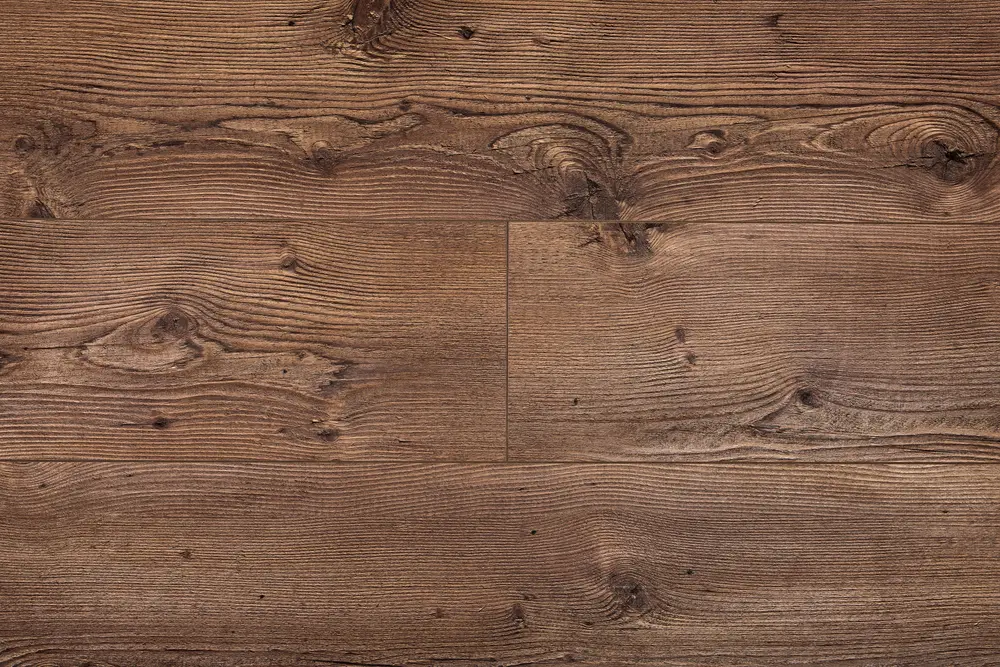
Kurkestutis/Shutterstock
Hemlock is a brown-colored wood grain pattern that is either light brown, brownish-red, dark brown, or bright red. Hemlock is similar to heartwood but comes with a rougher texture.
The only drawback of using hemlock compared to other options is that it is more prone to bug infestations and dark-colored streaks due to maggot growth and staining.
However, the perk of using hemlock compared to other types of wood grain patterns is that they can be easily combined, glued, or stained.
3. Cherry
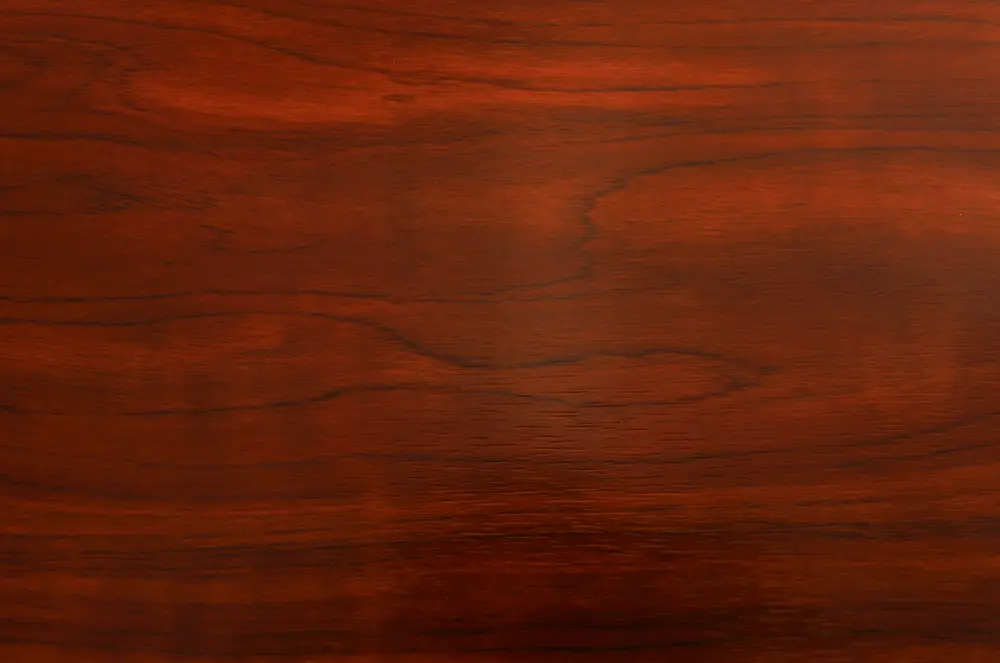
Leszek Maziarz/Shutterstock
Cherry is one of the main types of wood grain patterns that work well for matching stained furniture, mahogany furniture, and a sleek living room interior.
The purpose of cherry furniture is to match elegant and luxurious chairs, couches, chairs, and dining room tables.
This color of wood grain pattern will be darker and redder than other choices, which lends itself well to the specific dining room and kitchen styles.
4. Sycamore
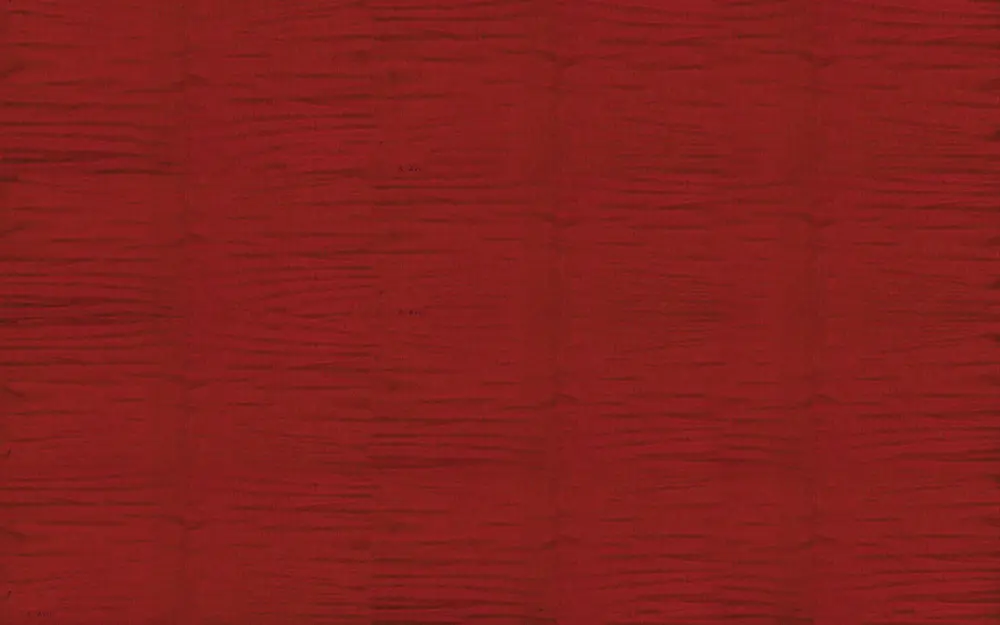
Texturemaster/Shutterstock
Sycamore wood grain patterns are similar to maple but have a very even texture, making it a smart choice for a professional setting.
However, this specific type of wood grain pattern may not be the best option for those who want a long-term and durable choice for many years of use.
The perks of using Sycamore are that it can be personalized and customizable. This pattern is the best choice for art, handcrafted items, and furniture.
5. Mahogany
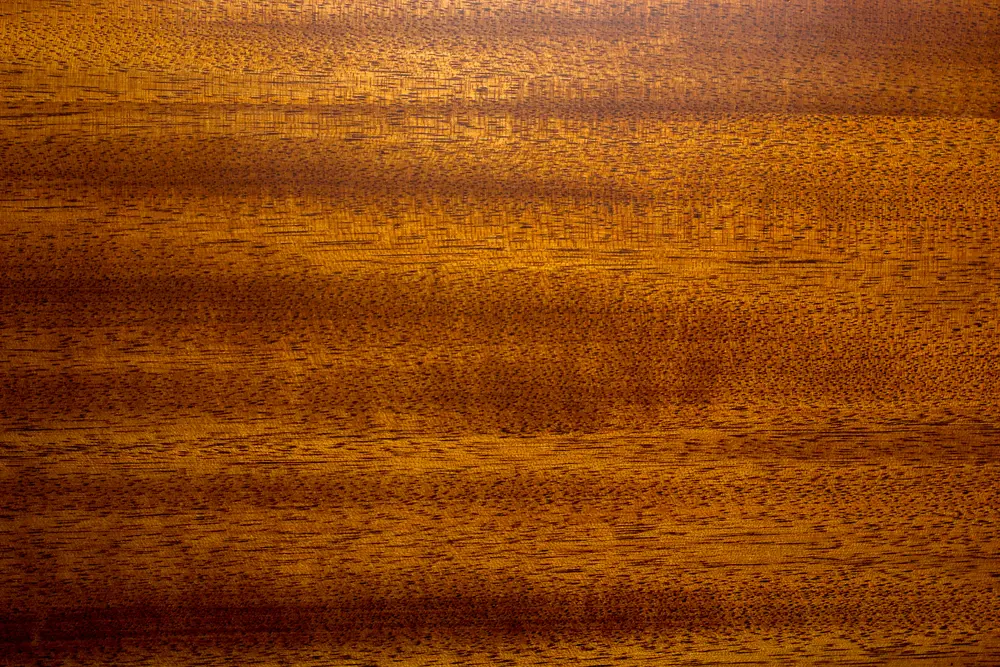
Osobystist/Shutterstock
Mahogany is a specific type of wood grain pattern that is interlocked, shiny, and wavy. This type of wood grain pattern is either pink, red, or brown and can change as it ages.
The benefits of using mahogany are that this type of wood works well for long-term use and provides protection against weather and insect infestation.
6. Teak
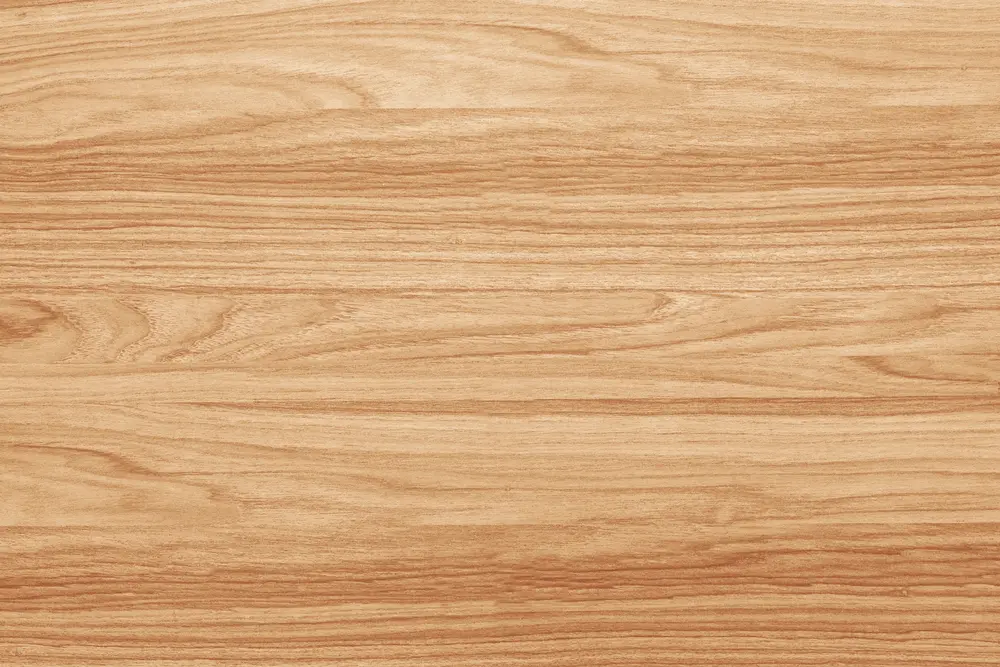
Wk1003mike/Shutterstock
Teak is a unique wood grain pattern that is a golden-brown color that can darken as it ages and grows older. The texture of teak is natural, shiny, and oily.
However, even though teak is oily, it is very durable for long periods of time. Teak works well for making furniture and wood products.
7. Zebrano
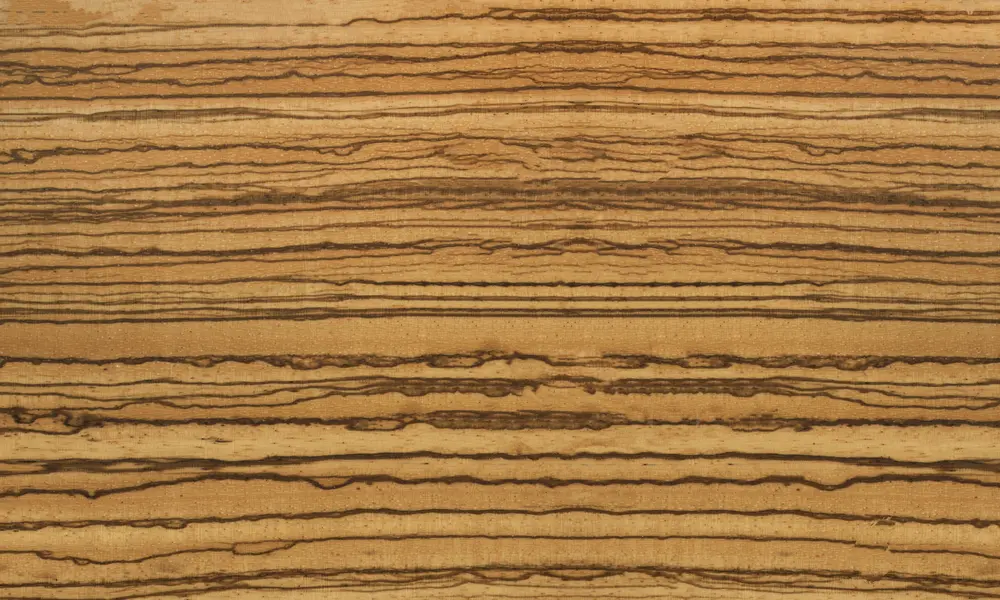
Texturemaster/Shutterstock
Zebrano is a unique type of durable, stiff, and rot-resistant wood. This type of wood is dark brown and streaked. It is an excellent option for kitchens, dining rooms, and living rooms.
8. Ebony
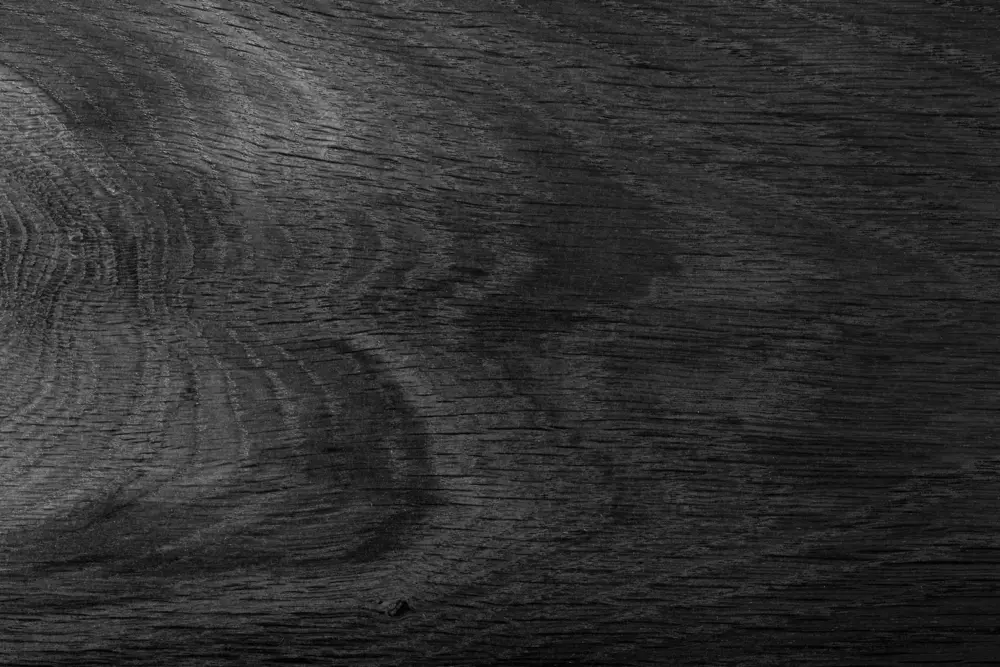
YamabikaY/Shutterstock
This wood grain pattern is black, dark-colored, and slightly streaked. Although the streaks and patterns are barely visible, the texture is smooth, the tone is bright, and the color is dark.
The perks of using ebony are that it is very durable, termite-resistant, and lustrous for a shiny and glowing look. However, the downside of using ebony is that it can be hard to glue this wood to another piece.
9. Acacia
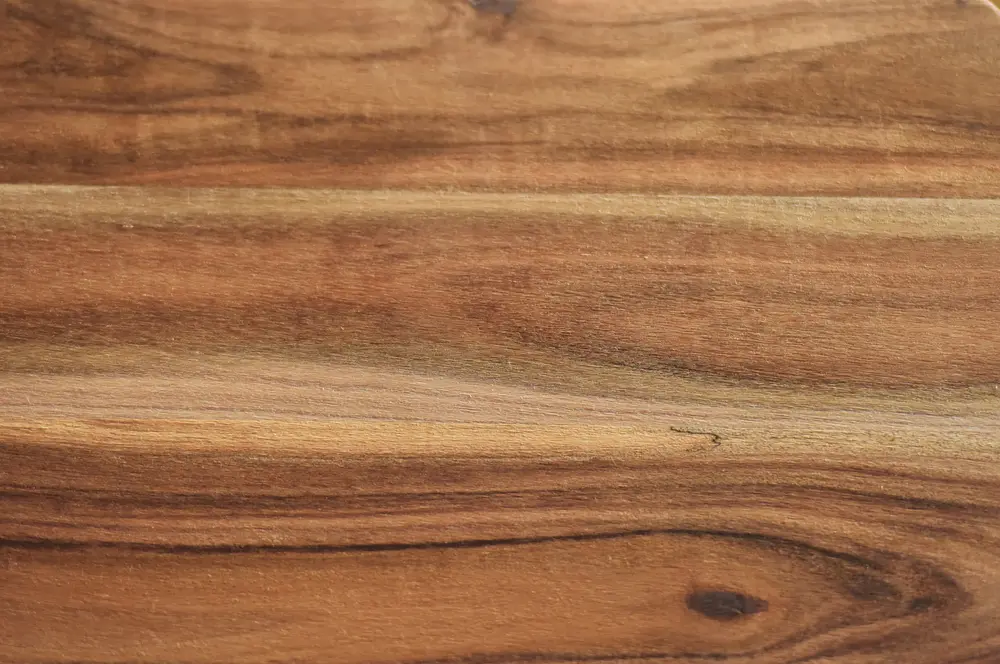
Bugsbunny12/Shutterstock
Acacia is a very dense type of wood grain pattern that is used for different kinds of furniture, designs, and hardwood creations.
The perk of using acacia wood is that it can easily be stained for a personalized look.
10. Red Oak
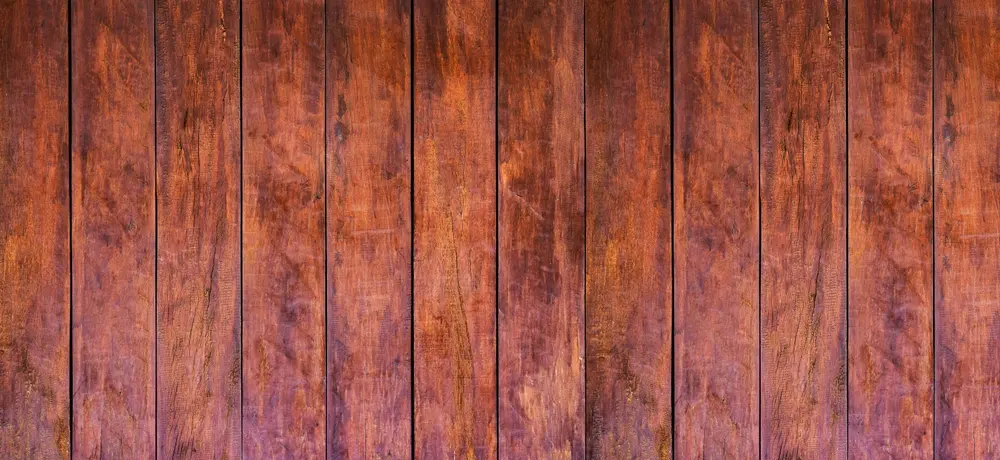
Zulashai/Shutterstock
Another great type of wood grain pattern that you can use for your furniture is red oak. The red oak is a type of wood grain pattern that is rough, uneven, rigid, durable, and heavy.
The purpose of this wood grain pattern is for heavy-duty items like doors and big pieces of furniture, like cabinets or tables.
11. White Oak
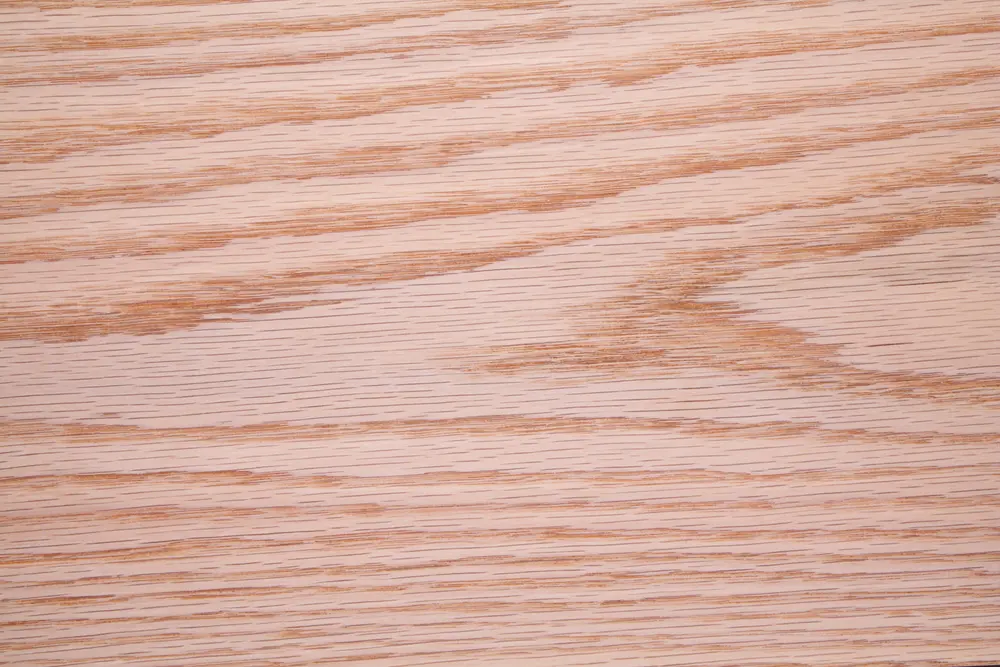
Frank Anusewics/Shutterstock
White oak is another type of wood grain pattern that is strong, durable, sweet-smelling, uneven, and easy to use for woodworking.
This wood is smart for homeowners and artists who want to create durable furniture, floors, cabinets, or oversized items.
12. Bigleaf Maple
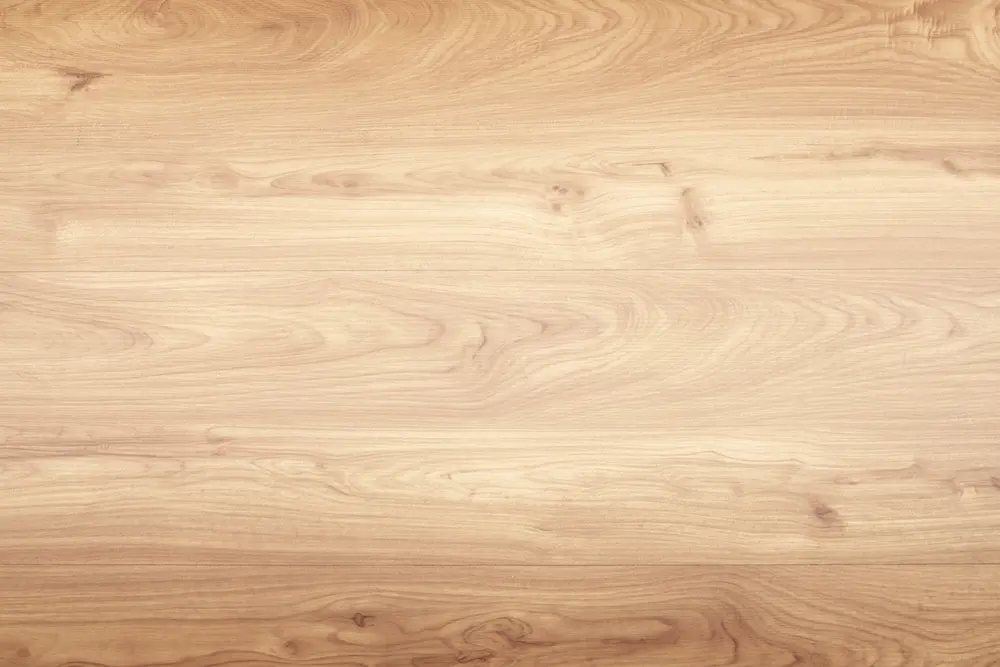
janniwet/Shutterstock
Big Leaf Maple is a type of wood grain pattern that is either red or golden with a dark brown color. Big leaf maple is either straight, smooth, or wavy.
Although this is a versatile type of wood grain pattern, it is not durable enough for long-term use.
13. Shagbark Hickory
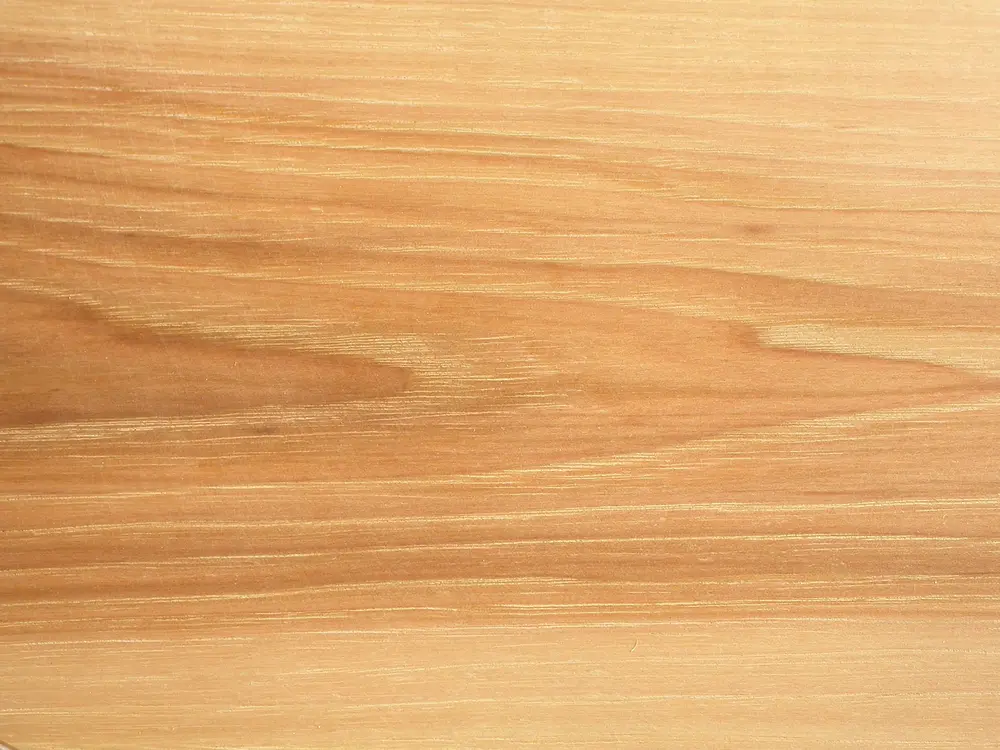
Christopher David Howells/Shutterstock
Shagbark hickory is a type of wood grain pattern that is yellow, brown, or red and can work well for vintage looks and unique furniture building.
The perk of using shagbark is that it can be molded and bent for various furniture and artwork.
14. English Walnut
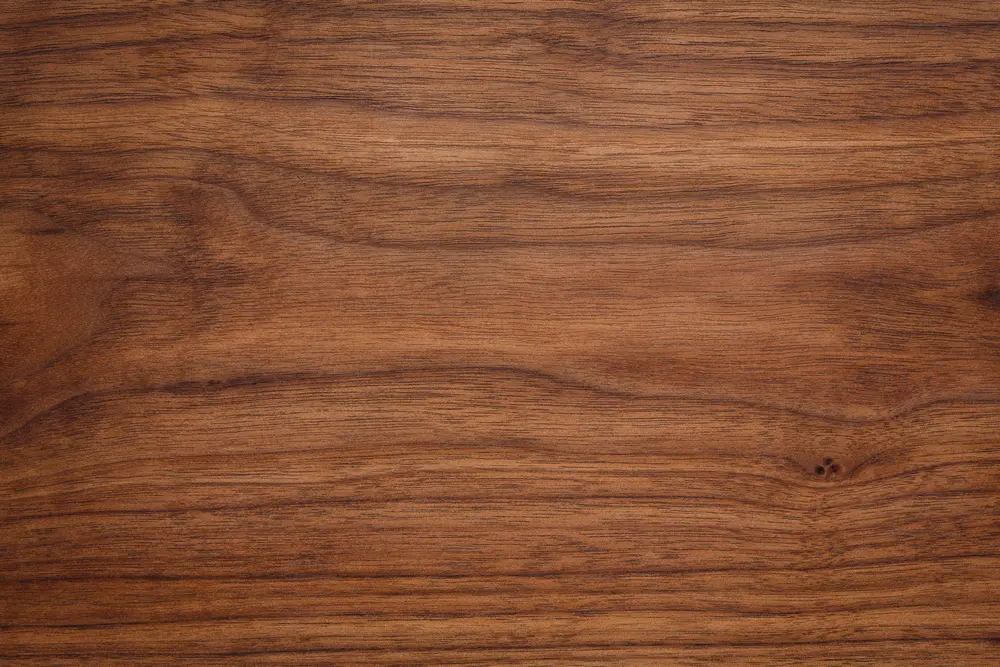
Gyiyuan Chen/Shutterstock
English walnut is a type of wood rain pattern that ranges from light to dark brown. The uniqueness of this wood grain pattern is that it contains gray or red undertones and has an irregular pattern.
The downside of using this type of wood grain pattern is that it is hard to handle, mold, or stain.
15. Cedar
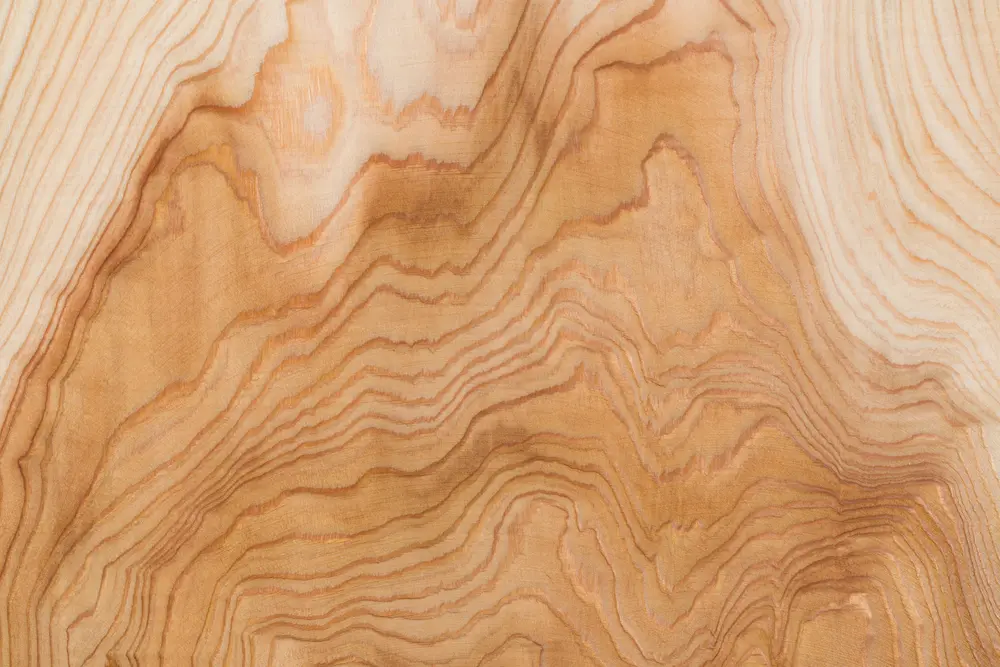
Yoshi0511/Shutterstock
Cedar is the last type of wood grain pattern that most homeowners will use in 2024. Cedar wood is usually purple, red, yellow, or brown. This type of wood grain pattern is smooth, straight, even, and durable.
Things to Consider
Before you can choose wood grain patterns for your home, there are a few things you need to consider before buying any pattern, material, or flooring for your house:
- Texture. One of the main things to consider when it comes to choosing the type of wood grain pattern is the texture of the wood. You need to decide if you want fine wood or coarse wood for your project.
- Pore size. The next aspect to consider when choosing the types of wood grain patterns for your home or project is the size of the pores in the wood. The pore size depends on the smoothness of the outer layer of the wood.
- Porosity. One more thing to keep in mind when choosing the type of wood grain pattern for your home or project is the porosity of the wood. For example, white oak does not allow water through its structure, whereas red oak allows water to pass through.
- Streaks. Lastly, homeowners need to choose the streak length, size, and shape when it comes to the wood grain pattern. Some wood grain patterns have wavy streaks, whereas others have straight and patterned streaks.
Frequently Asked Questions
Before you choose the type of wood grain pattern that you want for your home or project, consider these most commonly asked questions and answers.
What are the patterns in wood?
There are various patterns in wood, such as straight, spiral, wavy, regular, irregular, and interlocking.
Every type of wood, and every individual piece or cut of wood, has a specific grain pattern. Homeowners can choose their unique type of grain pattern to match their interior style.
What are 6 ways grain vacation can be influenced by the wood grain?
There are six main ways that grain vacation can be influenced by the grain:
- Growth. Wood grain patterns are either open or closed. Open wood patterns are when the tree grows quickly in the spring and slowly in the summer, whereas closed wood patterns are the opposite.
- Climate. Environmental information can influence the width of the tree ring and the wood density.
- Genetics. There are different markers present in trees that can affect tree breeding, wood traits, heritability, and breeding cycles.
- Bird, insect, or fire damage. Disease, injury, strain, or damage can cause a type of irregular wood patterns over the years in wood grains.
- Tree size. The type of texture in the wood grain will depend on the size of the tree, tree strength, and appearance of the tree.
- Site environment. The site’s environment and conditions can affect the wood grain patterns, including moisture, mechanical influences, chemical damage, and biological factors.
How do you know the grain pattern?
You can figure out the grain pattern of wood by analyzing the cross-section of a tree or wood slices. If you are trying to find out the best grain pattern for your house or project, you can typically use a few troubleshooting tips to determine the type of wood grain pattern.
One of the quickest ways to figure out the wood grain is to use your fingernail to figure out the direction of the grain.
You can also check the face of the grain by looking at the wood alignment on the surface. Lastly, look for any patterns in the wood grain, such as ovals, slices, strips, or lines.
What wood has the most beautiful grain?
The most beautiful grain is up to personal preference, but typically hardwood is considered to have the most aesthetic value. Dense trees, such as red oak, contain elegant patterns, a sleek style, and a unique shine that make it one of the most acceptable choices for high-end options.
Other choices, such as white oak, are a high-end option popular for those who will spare no expense on an aesthetic wood grain pattern. Red and white oak offer clean, sleek looks ideal for furniture and wood floors.
So, What Wood Grain Patterns Are Trending in 2024?
In short, wood grain patterns are different styles of wood that can influence the personal décor of a space.
You can choose the wood grain pattern and materials you want to use for your wood flooring, furniture, or art project to increase aesthetic value and personalization.

